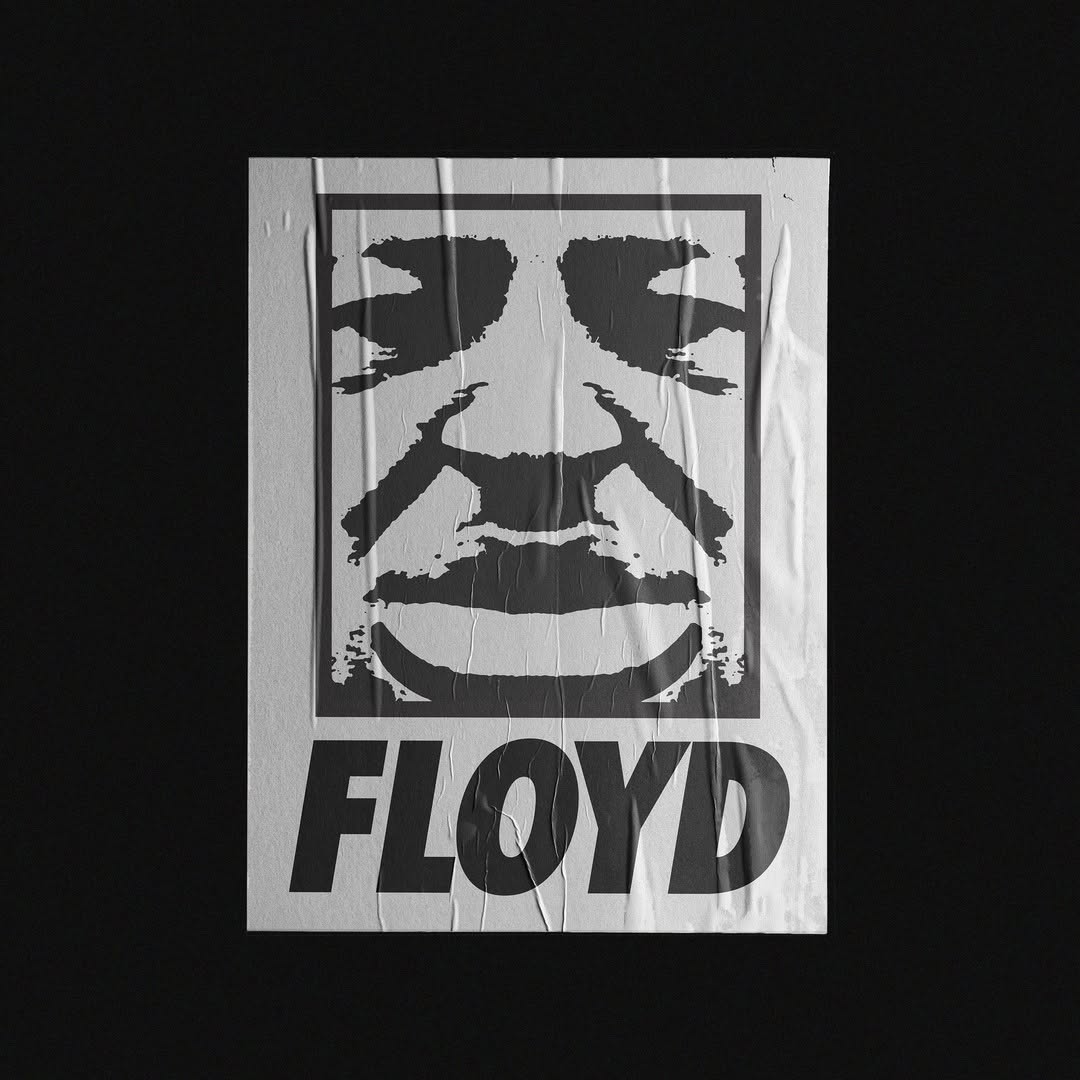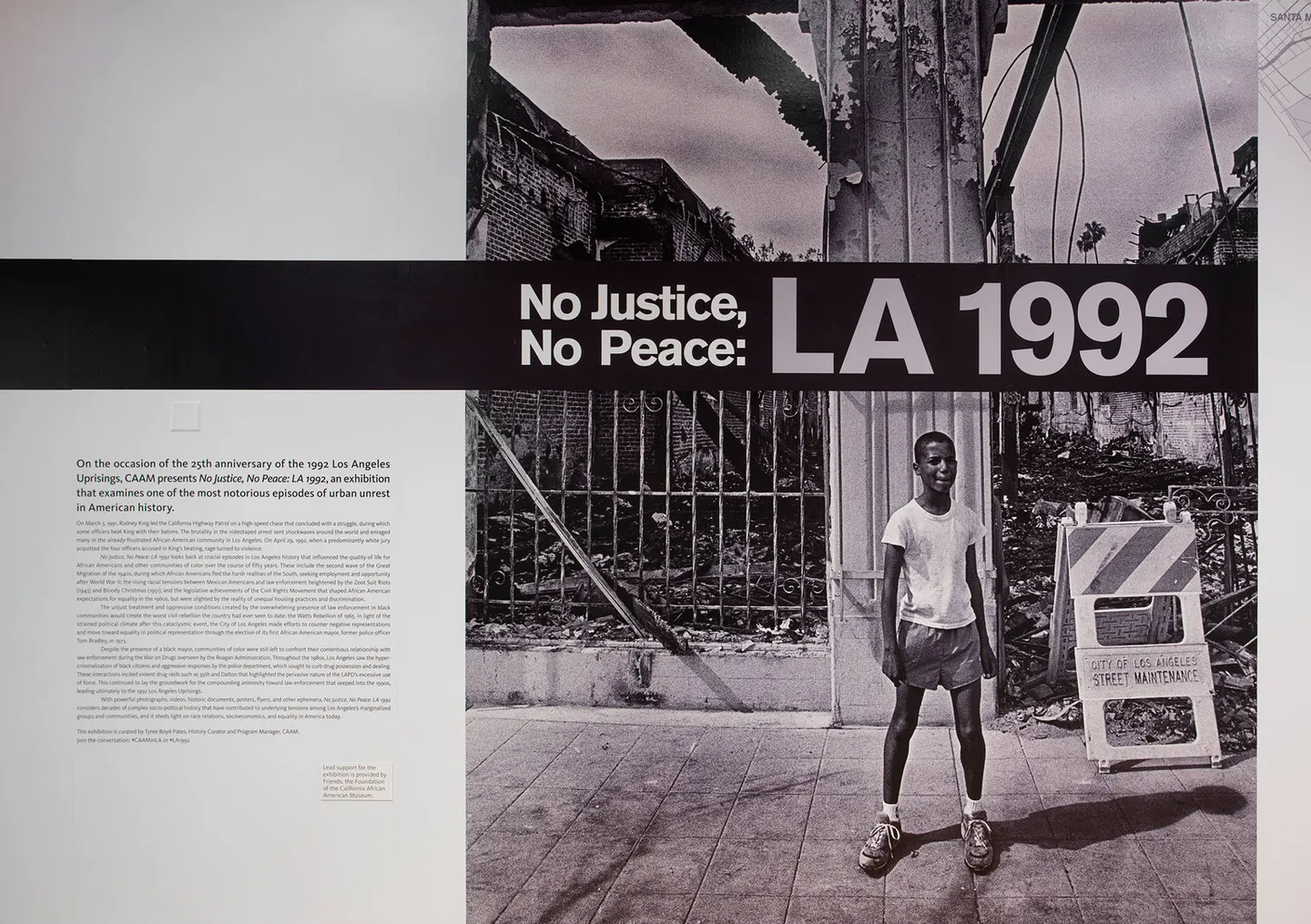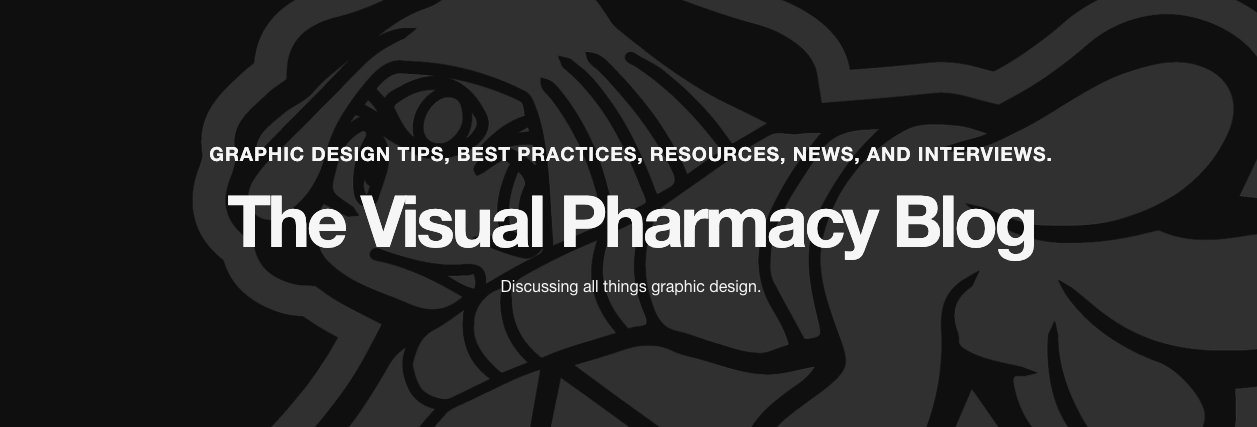Learning About Black Designers Who Inspired Me

I Didn’t Resonate with the People or the Culture
Throughout design college, we studied the work of most well-known graphic designers, like Paul Rand, Sagmeister, and David Carson. Yet, I noticed something glaring: I never learned about any reputable Black graphic designers. Where was the representation of people who looked like me in the industry? I’ve often felt like I didn’t belong, but my passion for design kept me going. No one achieves anything by giving up.
My early jobs in the design industry felt cold and disconnected. I didn‘t resonate with the people or the culture, and for a long time, I believed I was the problem—that I needed to change. This mindset followed me from graduation until 2020. That year, the pandemic hit, and the tragic murder of George Floyd occurred. The incident set my soul on fire.

Print for Protest
Working with JZane Design and Marlos Evans, we created Print for Protest, using our design expertise to empower protesters through art. At various protests, we screen-printed posters on-site at many protests around Nashville, Tennessee; spending hours preparing for each protest, drying screen prints, creating stencils, and spray painting. It was a lot of work, but I was finally doing something I was passionate about.

Protesters holding George Floyd posters designed and printed by Swoop Nebula

Floyd poster designed andprinted by Swoop Nebula, informed by NIKE's Michael Jordan campaigns and Shepard Fairey's OBEY project
Conveying an Unignorable Presence
One of my designs superimposed the face of George Floyd and featured the word “Floyd” below it in the iconic Futura Italic typeface often used in early ad campaigns by Nike, a company deeply rooted in our culture through its connection with Michael Jordan. The poster was also a nod to Shepard Fairey’s Obey campaign, of which there are a few pieces in The Archive. The Floyd becomes a powerful cultural statement layered with symbolism and intention. Conveying an unignorable presence, transforming Floyds image into an icon of resistance and remembrance. Through these design decisions, this poster becomes more than a visual, it serves as a modern cultural artifact, using the language of graphic design to communicate resilience, solidarity, and the enduring fight for justice within and beyond the Black community.

JZaneDesign 'No Justice No Peace' poster design
No Justice No Peace poster by JZaneDesign
“As a designer and a person of color, my work on the ‘Print for Protest’ project was a deeply personal response to the systemic injustices faced by Black and Brown communities. My ‘No Justice No Peace’ poster draws a striking parallel between the treatment of Black people in America and the experience of having a constant ‘three-star bounty’ in the game GTA. The use of the GTA logo type was intentional, emphasizing the feeling of being relentlessly hunted in a society that too often dehumanizes us."
The ‘Will My Murder Be Labeled a Suicide’ poster was my way of confronting the horrifying pattern of Black and Brown deaths being mislabeled as suicides. The inclusion of the noose in the design connects these tragedies to the legacy of lynching during the Jim Crow era, evoking both historical pain and a call for accountability. These designs are not just art; they’re a reflection of our lived experiences and a demand for justice and recognition.”

Will My Murder Be Relabeled a Suicide poster designed by JZaneDesign
No Justice No Peace
The People's Graphic Design Archive holds many peace posters and a few with the same slogan "No Justice, No Peace," a phrase that has been used as early as the 1986 killing of Trinidadian immigrant Michael Griffith in New York.

No Justice, No Peace: LA 1992 exhibition in Los Angeles, 2017 from the California African American Museum
I didn’t realize it then, but this was a turning point in my graphic design career. Afterward, I dove into the history of Black graphic designers and discovered legends like Cheryl D. Miller, Emory Douglas, Gail Anderson, Art Sims, Cey Adams and more. I couldn’t believe I hadn’t learned about them in college. Around this time I also stumbled upon the book The Black Experience in Design. Reading it validated all the emotions I had felt early on in my design career. It was overwhelming—I often had to take breaks because every chapter brought tears. All of these things helped me find myself, reigniting my love for design. They helped me discover what I‘m passionate about.


Swoop’s selections from The People’s Graphic Design Archive
Finding these trailblazers, my people, completely shifted my outlook on design. Since then, I’ve promised myself only to work on projects that contribute to a greater cause, which is where my passion lies. This journey has helped me discover my ikigai—my reason for being.
Among Swoop‘s favorites are:
• Cheryl Miller’s signed poster celebrating astronaut Dr. Mae Jemison, c. 1992
• a Gail Anderson spread for Rolling Stone magazine, 2001
• “Do the Right Thing” poster by AIGA medalist Art Sims for Universal Pictures, 1989
• Emory Douglas’s “We Shall Survive. Without A Doubt, Black Panther Newspaper” from 1971

The Visual Pharmacy
The Visual Pharmacy
Print for protest continues to live on The Visual Pharmacy website, where anyone can download the original files used to create the screen prints for the George Floyd protests.